HDRshy
TPF Noob!
- Joined
- Mar 17, 2017
- Messages
- 2
- Reaction score
- 0
- Can others edit my Photos
- Photos NOT OK to edit
Hi, I have a predictably newbie question. I'm looking to buy a good compact digital camera. Of course I understood that the lower the F number, the better, for less than optimal light conditions, particularly for handheld shooting outdoors, without a flash nor a tripod.
But looking at some product lines, I can't understand why, for example Canon in its 3xx HS Digital compact line, made the Elph 330HS camera with f3.0, and the later models have been designed with worse F numbers - 340HS, 360HS and SX720, for example.
Could it be that in recent years manufacturers have found alternate ways of achieving the same effect of a low F number? or are those newer cameras just designed to be cheaper? in short, is there some more dominant factor to look for as light sensitivity criteria, instead of the F number, such as better ISO range or sensor size? (as some have suggested to me, for example, that the increased resolutions make up for poor optical zoom capability).
Many thanks for any advice...!
But looking at some product lines, I can't understand why, for example Canon in its 3xx HS Digital compact line, made the Elph 330HS camera with f3.0, and the later models have been designed with worse F numbers - 340HS, 360HS and SX720, for example.
Could it be that in recent years manufacturers have found alternate ways of achieving the same effect of a low F number? or are those newer cameras just designed to be cheaper? in short, is there some more dominant factor to look for as light sensitivity criteria, instead of the F number, such as better ISO range or sensor size? (as some have suggested to me, for example, that the increased resolutions make up for poor optical zoom capability).
Many thanks for any advice...!


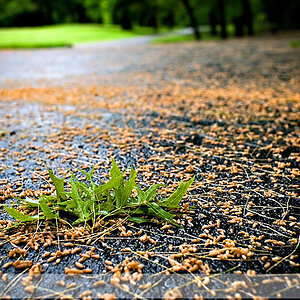

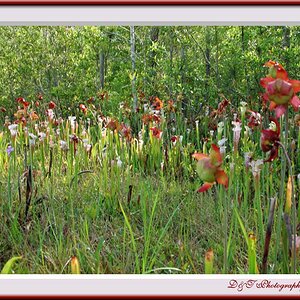


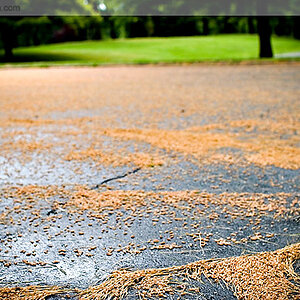

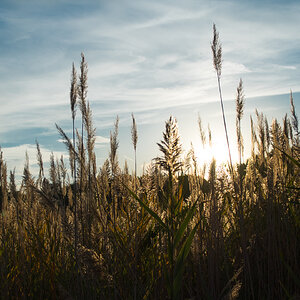


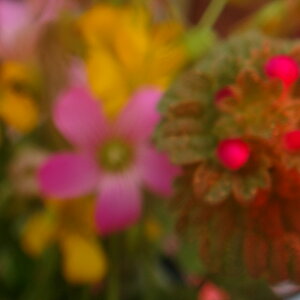
![[No title]](/data/xfmg/thumbnail/32/32004-4455324f0b4b5cc318dd35877147ac47.jpg?1619735148)